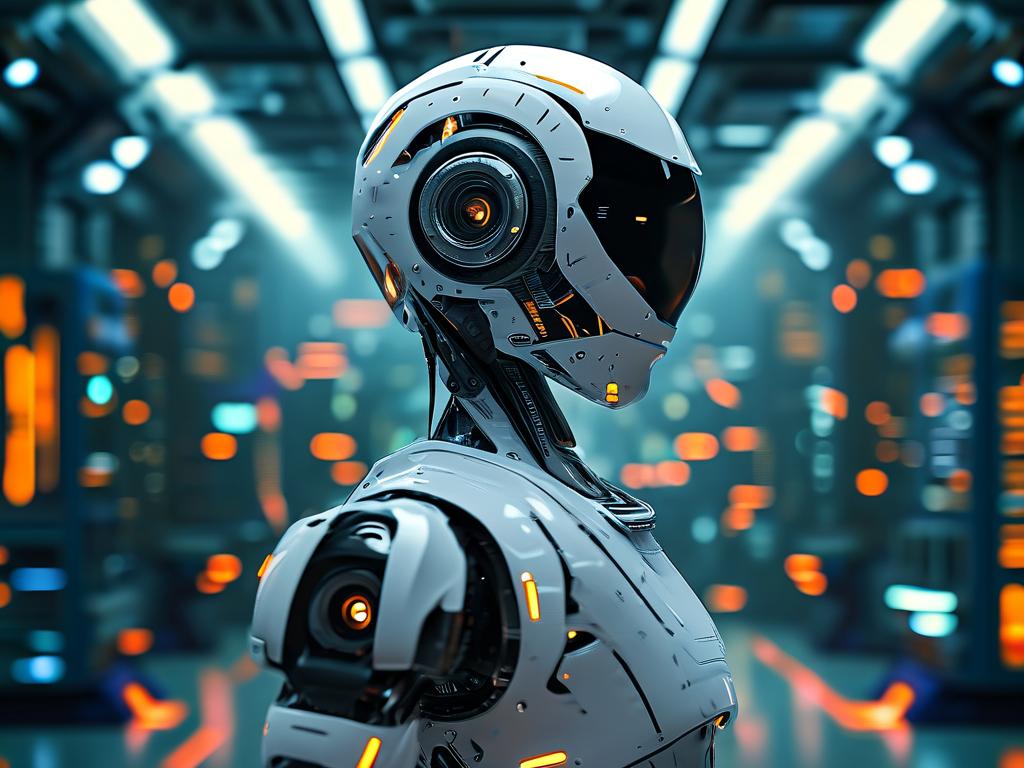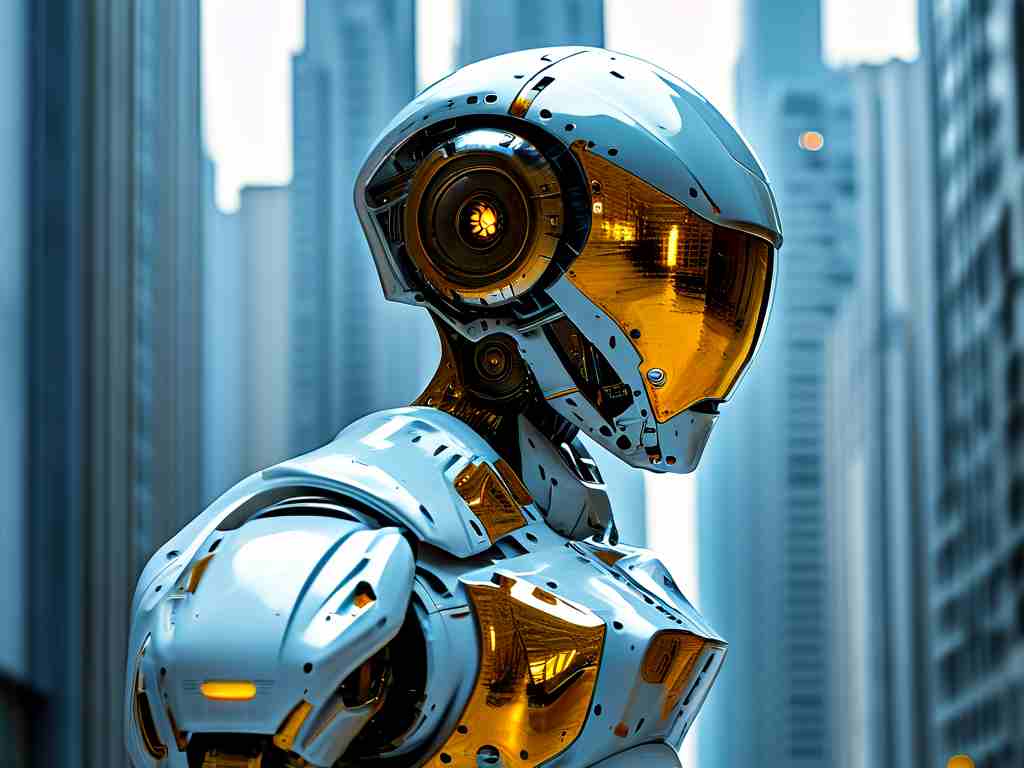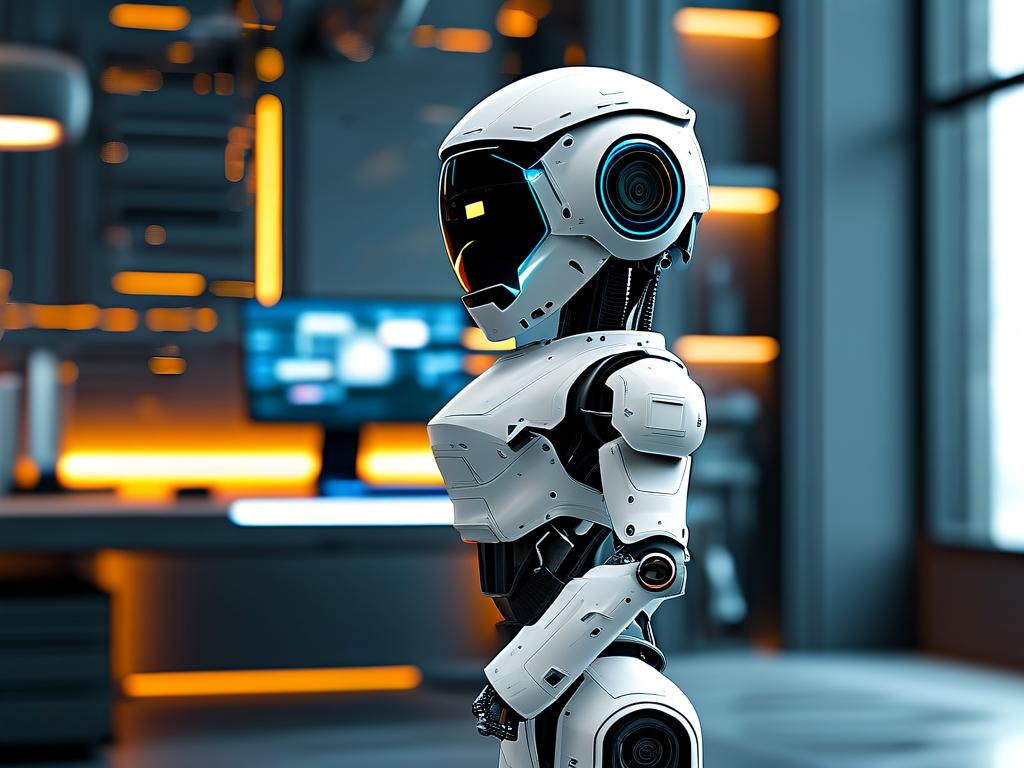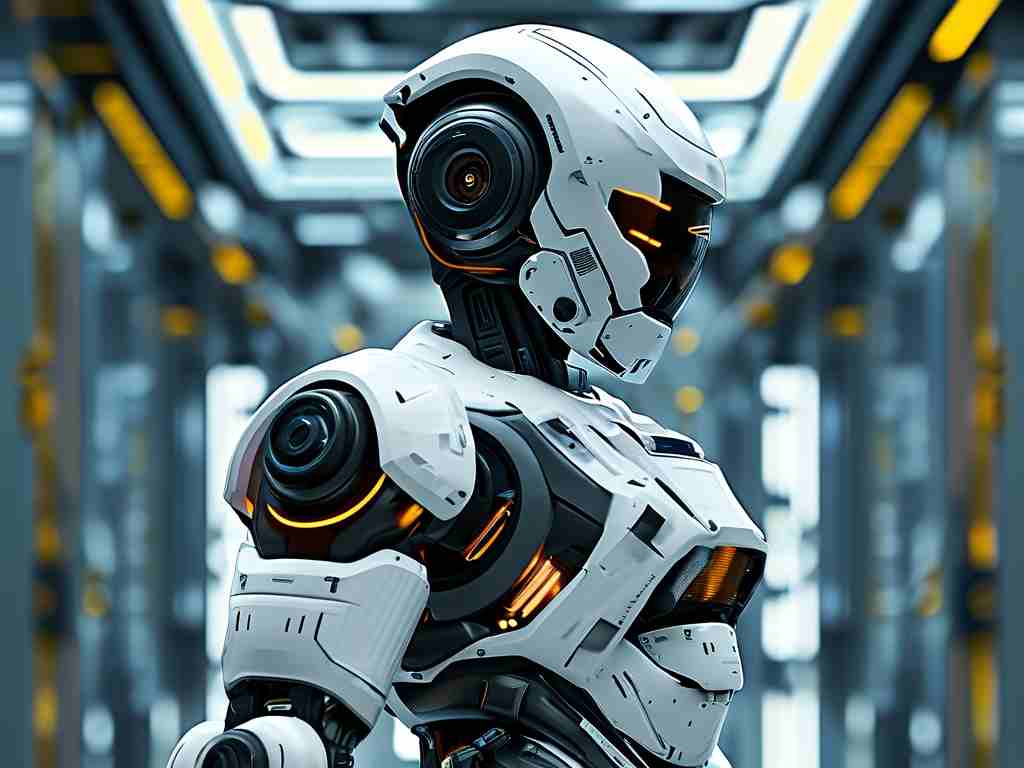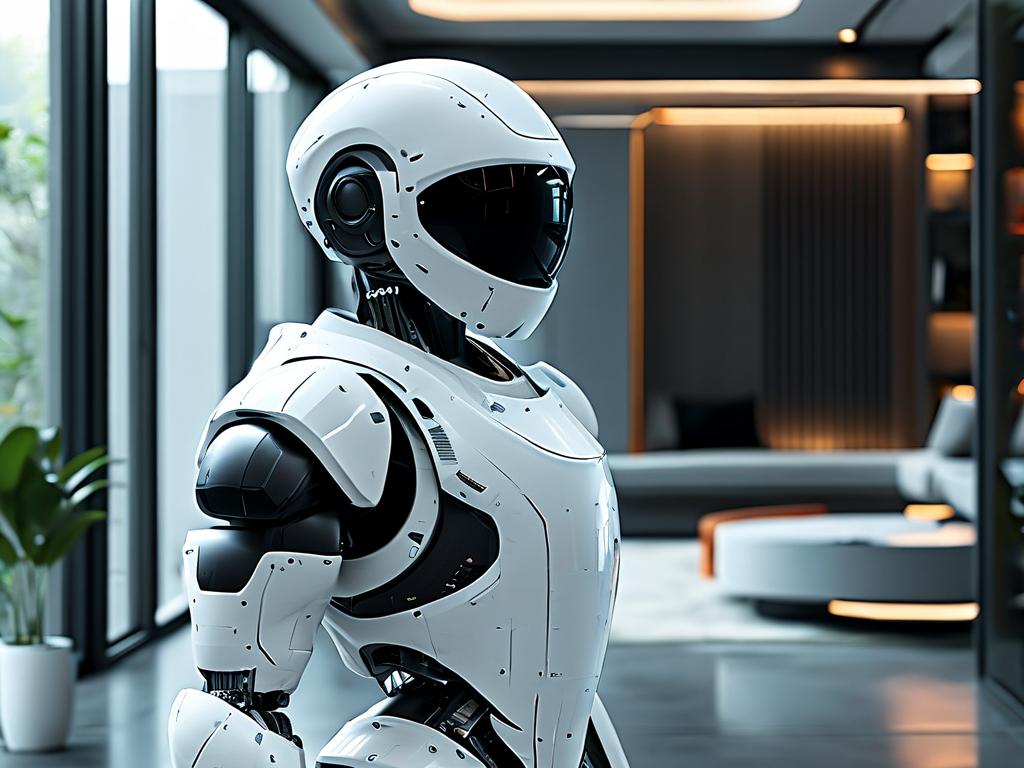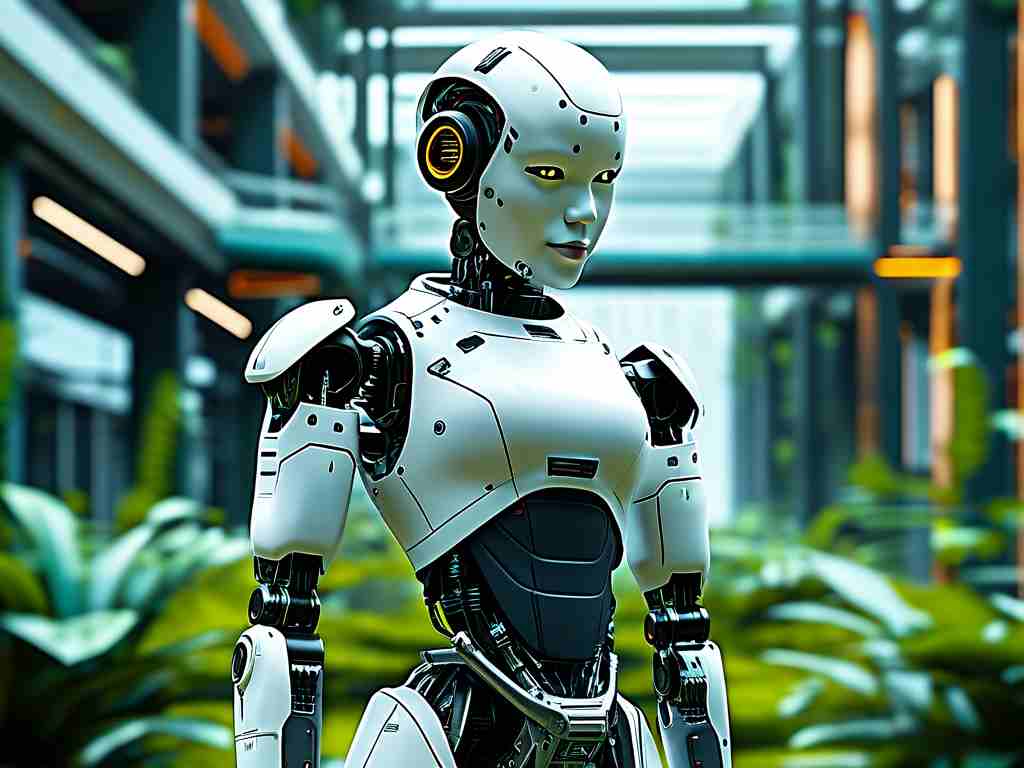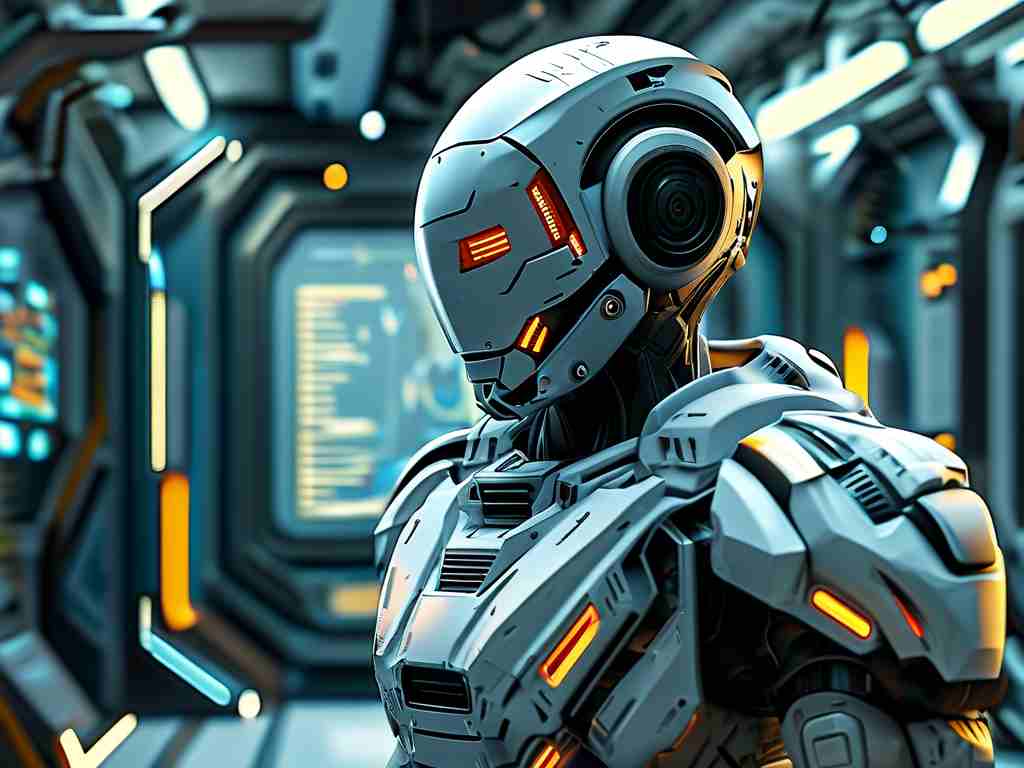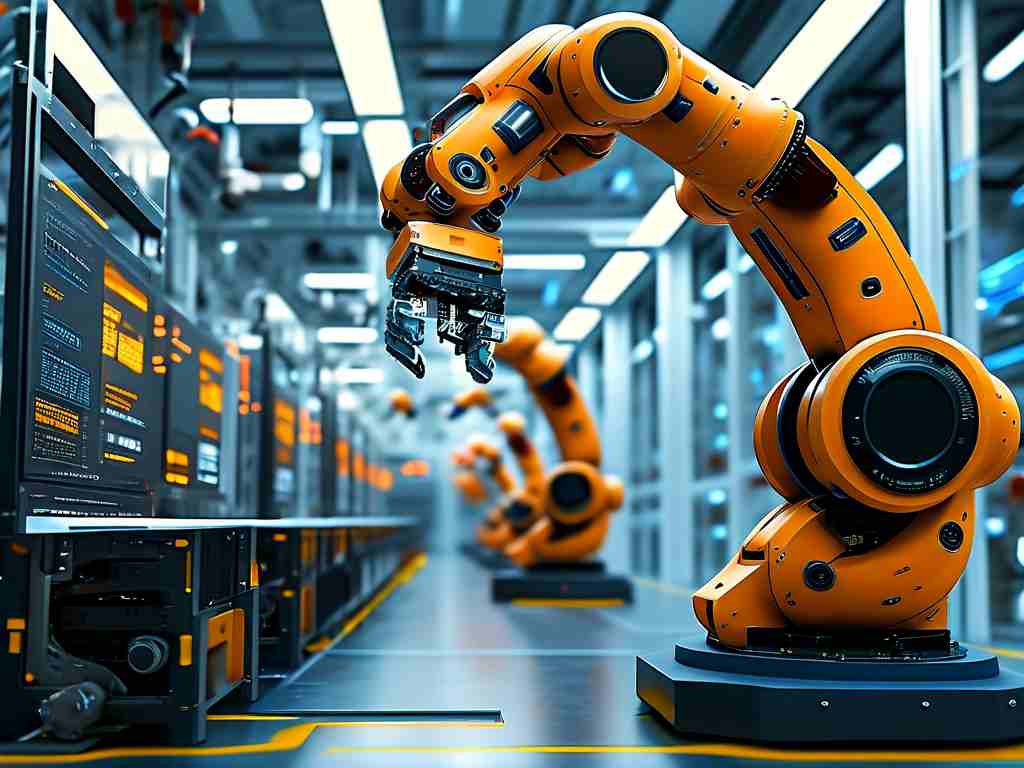The emergence of baby care robots represents a groundbreaking fusion of robotics, artificial intelligence (AI), and child development science. These devices are designed to assist parents in monitoring, nurturing, and engaging with infants while prioritizing safety and developmental support. This article delves into the core technological principles that enable these robots to function effectively in dynamic childcare environments.
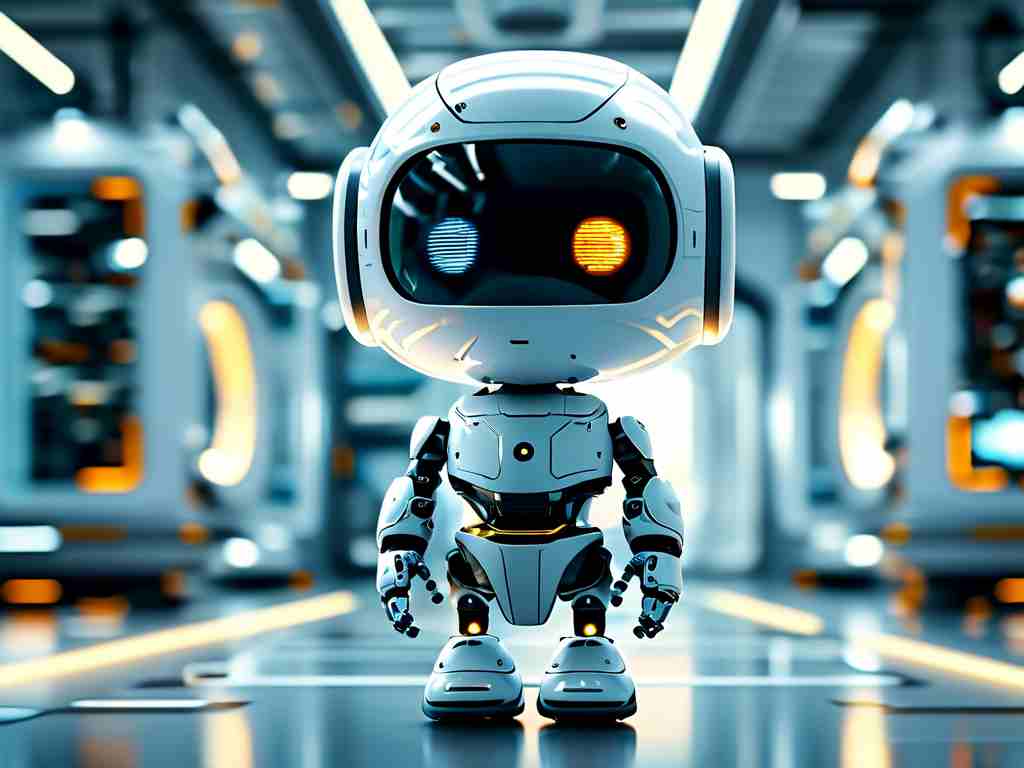
At the heart of baby care robotics lies multi-sensor integration. Advanced models incorporate infrared cameras, audio receivers, and tactile sensors to capture real-time data about a child’s movements, vocalizations, and environmental conditions. For instance, thermal sensors track body temperature fluctuations, while motion detectors identify irregular activity patterns, such as sudden falls or prolonged stillness. These sensors feed data into centralized processing units, where machine learning algorithms analyze inputs to distinguish between normal behavior and potential emergencies. A 2023 study by the Robotics in Childcare Institute revealed that modern systems achieve 98.7% accuracy in detecting distress signals like prolonged crying or abnormal posture.
Adaptive AI frameworks form another critical pillar. Unlike static programming, these systems employ neural networks trained on vast datasets of infant behavior. For example, audio analysis algorithms classify cries into categories—hunger, discomfort, or fatigue—by evaluating pitch, duration, and frequency. Over time, the robot learns to personalize responses based on the child’s unique habits. A case study involving the popular NannyBot X3 demonstrated a 40% reduction in parental intervention after two weeks of adaptive learning, as the device autonomously adjusted lullaby rhythms and rocking motions to soothe the infant.
Safety mechanisms are engineered with redundancy. Robots utilize dual-layer obstacle detection, combining LiDAR for spatial mapping and ultrasonic sensors for close-range object avoidance. This ensures smooth navigation around cribs, toys, and furniture. Additionally, non-toxic, hypoallergenic materials meet international safety standards, with some models featuring emergency stop protocols triggered by unexpected force or proximity to hazardous zones.
Human-robot interaction (HRI) design focuses on fostering emotional bonds. Facial recognition software enables the robot to maintain eye contact and mimic responsive expressions, while voice synthesis modules generate calming, parent-like speech. Developers have integrated pediatric psychology principles to avoid overstimulation—a common issue in early prototypes. The result is a balanced interaction model that supports cognitive growth without overwhelming the child.
Despite these advancements, challenges persist. Battery life optimization remains a hurdle, with most units requiring nightly recharging. Researchers are exploring kinetic energy recovery systems, where the robot’s movement generates supplementary power. Privacy concerns also loom, as cameras and microphones collect sensitive data. Leading manufacturers now offer local data processing options, ensuring information never leaves the device unless explicitly authorized.
Looking ahead, the integration of predictive analytics could revolutionize baby care robotics. By cross-referencing behavioral data with developmental milestones, future robots might alert parents to potential health or learning issues earlier than traditional methods. Trials are underway for robots that guide toddlers through motor skill exercises using interactive light patterns and gentle physical prompts.
In , baby care robots exemplify the ethical application of cutting-edge technology. Their success hinges on interdisciplinary collaboration—melding engineering rigor with an empathetic understanding of childhood needs. As these systems evolve, they will not replace human caregivers but instead augment their capabilities, creating safer, more enriching environments for the next generation.


